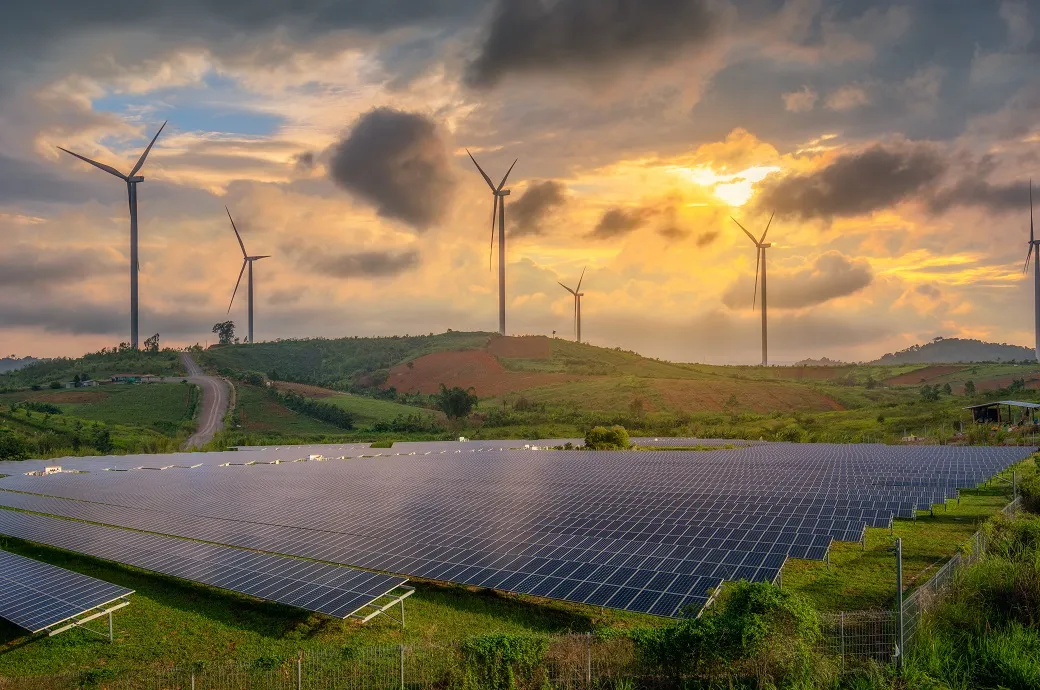Renewable Energy: Can We Truly Achieve A Fossil-Free Future?

China sees 93% YoY rise in renewable energy capacity in Jan-Sept 2023
The Urgent Need for a Fossil-Free Future
The world is at a critical juncture in its energy journey. As threats from climate change, air pollution, and energy security continue to mount, the need for a fossil-free future has become more pressing than ever.
Renewable energy sources like solar, wind, hydro, and geothermal have emerged as the most viable alternatives to fossil fuels, promising a cleaner, more sustainable energy future.
The Rise of Renewable Energy
Renewable energy has made tremendous strides in recent years, with solar and wind power leading the charge.
The cost of renewable energy has plummeted, making it competitive with fossil fuels in many parts of the world. In fact, renewable energy accounted for over 30% of global power generation in 2020, up from just 21% in 2010.
Solar Energy: A Game-Changer
Solar energy, in particular, has been a game-changer. The cost of solar panels has fallen by over 70% in the last decade, making it an attractive option for both individuals and businesses.
Wind power has also seen significant growth, with the world’s largest wind turbine capable of generating enough electricity to power over 10,000 homes.
Overcoming the Challenges
Despite the progress made, there are still significant challenges to overcome. Energy storage remains a major hurdle, as renewable energy sources are intermittent and require backup power sources to ensure a stable grid.
Moreover, the infrastructure required to support a fossil-free future is still in development, with many countries lacking the necessary transmission lines and grid infrastructure to support the widespread adoption of renewable energy.
The Path Forward
So, what needs to be done to achieve a fossil-free future? First and foremost, governments and corporations must continue to invest in renewable energy research and development, driving down costs and improving efficiency.
Energy storage solutions like batteries and hydrogen fuel cells must be developed and deployed at scale, enabling a stable and reliable grid.
Secondly, infrastructure development must be prioritized, focusing on building out transmission lines, grid infrastructure, and charging stations for electric vehicles.
Finally, policy and regulatory frameworks must be put in place to support the transition to a fossil-free future, including incentives for renewable energy adoption and penalties for fossil fuel pollution.

Renewable energy
Source: Royal HaskoningDHV
Conclusion
In conclusion, achieving a fossil-free future is not only possible but necessary. Renewable energy sources like solar, wind, and hydro have made tremendous progress in recent years and are poised to play an even greater role in the global energy mix. With continued investment, innovation, and policy support, we can overcome the challenges and achieve a cleaner, more sustainable energy future for all.

